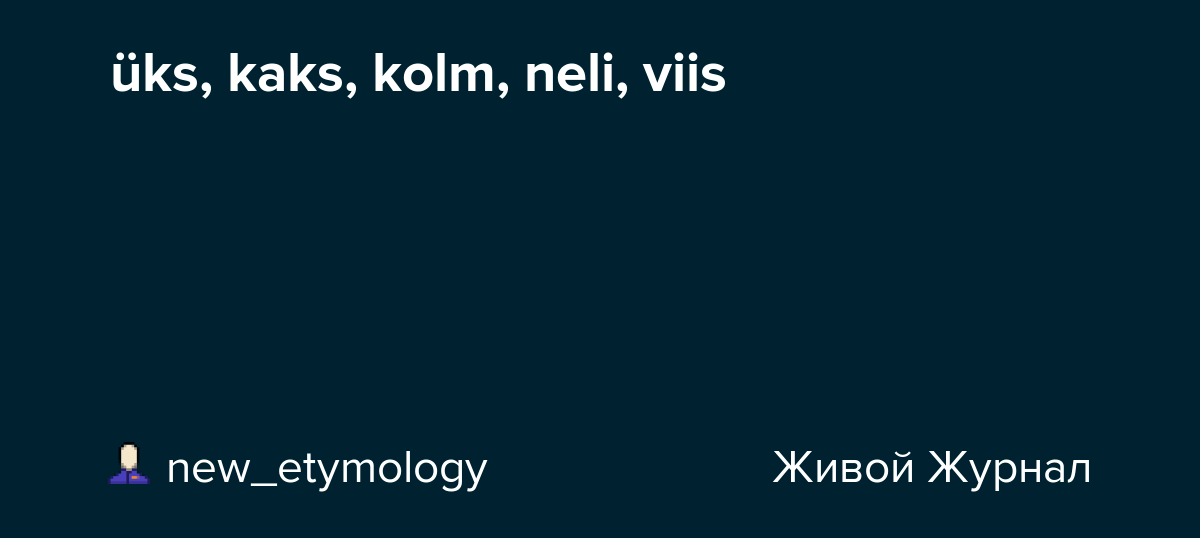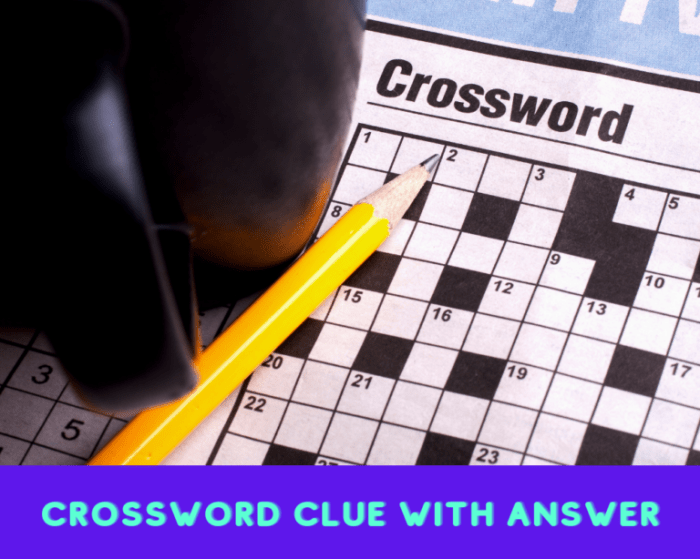üks kaks kolm neli viis – Üks kaks kolm neli viis, the Estonian numerical sequence, is a fascinating linguistic and cultural phenomenon that permeates various aspects of Estonian society. This article delves into the significance of this sequence, exploring its usage in folklore, songs, and traditions, as well as its role in counting and ordinal numbers.
Beyond its numerical function, üks kaks kolm neli viis holds cultural and historical significance, with potential symbolic and metaphorical meanings. Comparative analysis with similar sequences in other languages reveals intriguing similarities and differences, highlighting the unique characteristics of Estonian language and culture.
Numerical Sequence

The numerical sequence “üks kaks kolm neli viis” (one two three four five) holds significance in Estonian language and culture. It appears in various forms of folklore, songs, and traditions.
Folklore and Traditions
The sequence is commonly used in counting games, nursery rhymes, and folk tales. For example, the Estonian counting rhyme “Üks kaks kolm neli viis, kuus seitse kaheksa üheksa kümme” (One two three four five, six seven eight nine ten) is a familiar refrain.
Songs and Poetry
The sequence also finds its way into Estonian songs and poetry. In the popular folk song “Külavahel teed risti” (Roads Cross in the Village), the lyrics include the line “Üks kaks kolm neli viis, poisid tantsisid ringis” (One two three four five, boys danced in a circle).
Linguistic and Cultural Patterns
The sequence demonstrates the Estonian language’s simplicity and clarity in counting. The words are short and easy to pronounce, making them suitable for memorization and repetition.Additionally, the sequence reflects the Estonian cultural value of order and precision. It is often used to introduce or emphasize a list or series of items, conveying a sense of structure and organization.
Before counting to ten in Estonian – üks kaks kolm neli viis – it’s important to take care of your dental health. If you’re wondering if you have cavities, take our do I have cavities quiz to find out. Maintaining good oral hygiene is essential for a healthy smile and overall well-being, so don’t neglect your teeth.
Remember, prevention is always better than cure, so brush twice a day, floss regularly, and visit your dentist for checkups. Now, back to counting in Estonian – kuus seitse kaheksa üheksa kümme!
Counting and Ordinal Numbers: üks Kaks Kolm Neli Viis

Using “üks kaks kolm neli viis” as Ordinal Numbers
In Estonian, the sequence “üks kaks kolm neli viis” can also be used as ordinal numbers, indicating order or position. The table below demonstrates this usage:
| Cardinal Number | Ordinal Number |
|---|---|
| üks | esimene |
| kaks | teine |
| kolm | kolmas |
| neli | neljas |
| viis | viies |
When used as ordinal numbers, the sequence follows the same rules as cardinal numbers. For example, the ordinal number “esimene” (first) is used with singular nouns, while “esimesed” (first, plural) is used with plural nouns.
There are a few exceptions to the general rules for using “üks kaks kolm neli viis” as ordinal numbers:
- The ordinal number “esimene” (first) is always used, regardless of the gender or number of the noun it modifies.
- The ordinal number “teine” (second) is used with masculine and neuter nouns, while “teine” (second) is used with feminine nouns.
- The ordinal number “kolmas” (third) is used with masculine and feminine nouns, while “kolmas” (third) is used with neuter nouns.
Here are some examples of sentences using the sequence “üks kaks kolm neli viis” as ordinal numbers:
Ta on minu esimene laps.
(He is my first child.)
See on minu teine kord siin olla.
(This is my second time being here.)
Ta sai võistlusel kolmanda koha.
(He came in third place in the competition.)
Cultural and Historical Context
The sequence “üks kaks kolm neli viis” (one two three four five) holds cultural significance in Estonian society. It is frequently used in nursery rhymes, counting games, and educational materials for children. The prominence of this sequence can be attributed to its simplicity, rhythm, and usefulness in introducing numbers to young learners.
Literary Works
The sequence has also found its way into Estonian literature. For example, the children’s book “Üks kaks kolm neli viis” by Aino Pervik features the sequence prominently in its title and throughout the story.
Symbolic and Metaphorical Meanings
Beyond its practical use, the sequence has acquired symbolic and metaphorical meanings. The number five, in particular, is associated with completeness and harmony in Estonian culture. It is often used to represent the five elements (earth, water, fire, air, and ether) or the five senses.
Comparative Analysis

The Estonian numerical sequence “üks kaks kolm neli viis” shares similarities and differences with numerical sequences in other languages. Let’s explore these aspects.
Usage and Meaning
The Estonian sequence is primarily used for counting and ordinal numbers. It follows a simple ascending order, with each number representing a specific quantity or position. Similar usage is found in many other languages, such as English (“one two three four five”) and Spanish (“uno dos tres cuatro cinco”).
Cultural Significance
Numerical sequences often hold cultural significance, reflecting the history and traditions of a society. In Estonia, the sequence “üks kaks kolm neli viis” has been used for centuries and is deeply ingrained in the language and culture. It appears in folk songs, nursery rhymes, and other cultural expressions.
Patterns and Trends, üks kaks kolm neli viis
Comparing numerical sequences across languages reveals certain patterns and trends. Many languages use a decimal system, with numbers based on powers of ten. This is evident in the Estonian sequence, where each number is a multiple of one, ten, or a hundred.
Additionally, languages often group numbers into sets, such as tens, hundreds, or thousands. The Estonian sequence follows this pattern, with “kümme” (ten) marking the transition from single digits to double digits.
Educational Applications

The Estonian counting sequence “üks kaks kolm neli viis” can be a valuable teaching tool for Estonian language and culture. Its simplicity and familiarity make it accessible to learners of all ages, and it can be used to teach a variety of concepts.
Lesson Plan
One way to incorporate the sequence into a lesson plan is to use it as a starting point for teaching Estonian numbers. Students can learn to count to five by reciting the sequence, and then they can practice writing the numbers.
Once they have mastered the numbers, they can move on to learning more complex math concepts, such as addition and subtraction.
Activities and Exercises
In addition to teaching numbers, the sequence can also be used to teach Estonian culture. For example, students can learn about the Estonian flag, which features three horizontal stripes in the colors blue, black, and white. The blue stripe represents the sky, the black stripe represents the earth, and the white stripe represents snow.
Students can also learn about the Estonian national anthem, which begins with the words “Mu isamaa, mu õnn ja rõõm.” These activities can help students to develop a deeper understanding of Estonian culture.
Benefits
There are many benefits to using the sequence “üks kaks kolm neli viis” as a teaching tool. First, it is a simple and familiar sequence that is easy for learners to remember. Second, it can be used to teach a variety of concepts, including numbers, math, and culture.
Third, it is a fun and engaging way to learn about Estonia.
Detailed FAQs
What is the significance of üks kaks kolm neli viis in Estonian culture?
Üks kaks kolm neli viis holds cultural and historical significance, with potential symbolic and metaphorical meanings.
How is üks kaks kolm neli viis used in Estonian folklore?
The sequence is found in Estonian folklore, songs, and traditions, often associated with counting, order, or rhythm.
What are the rules for using üks kaks kolm neli viis as ordinal numbers?
As ordinal numbers, the sequence follows specific rules and exceptions, indicating order or position.